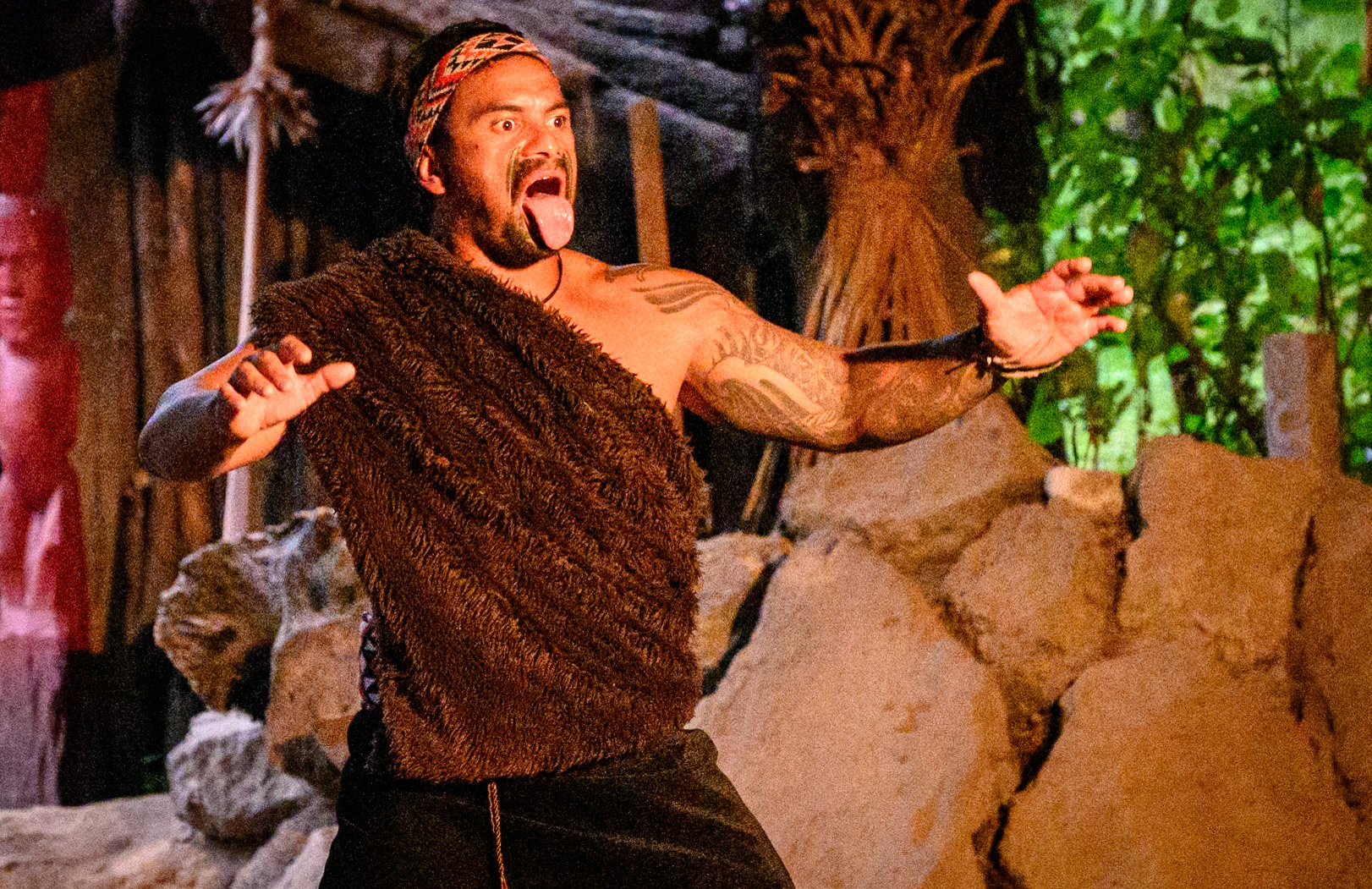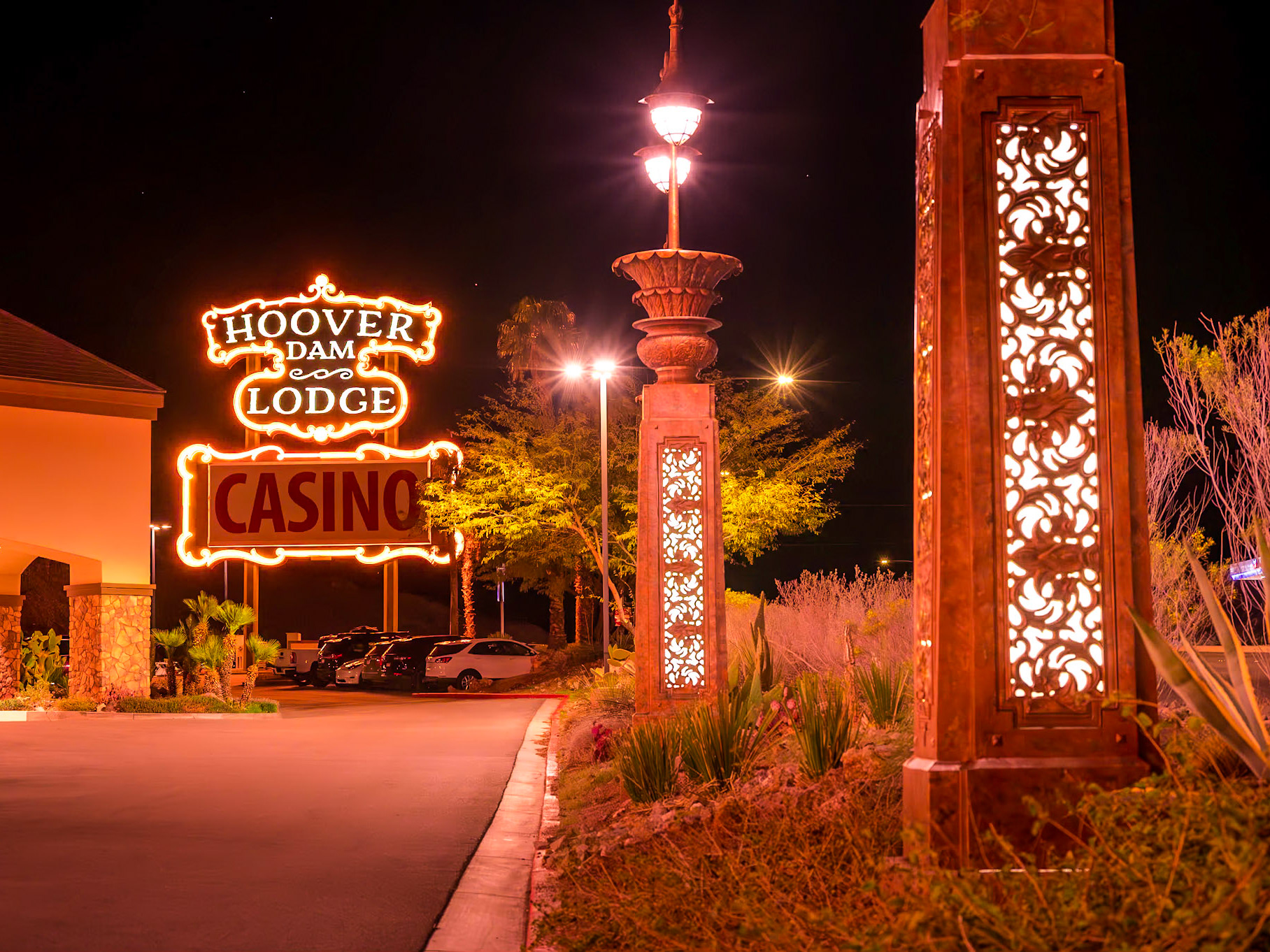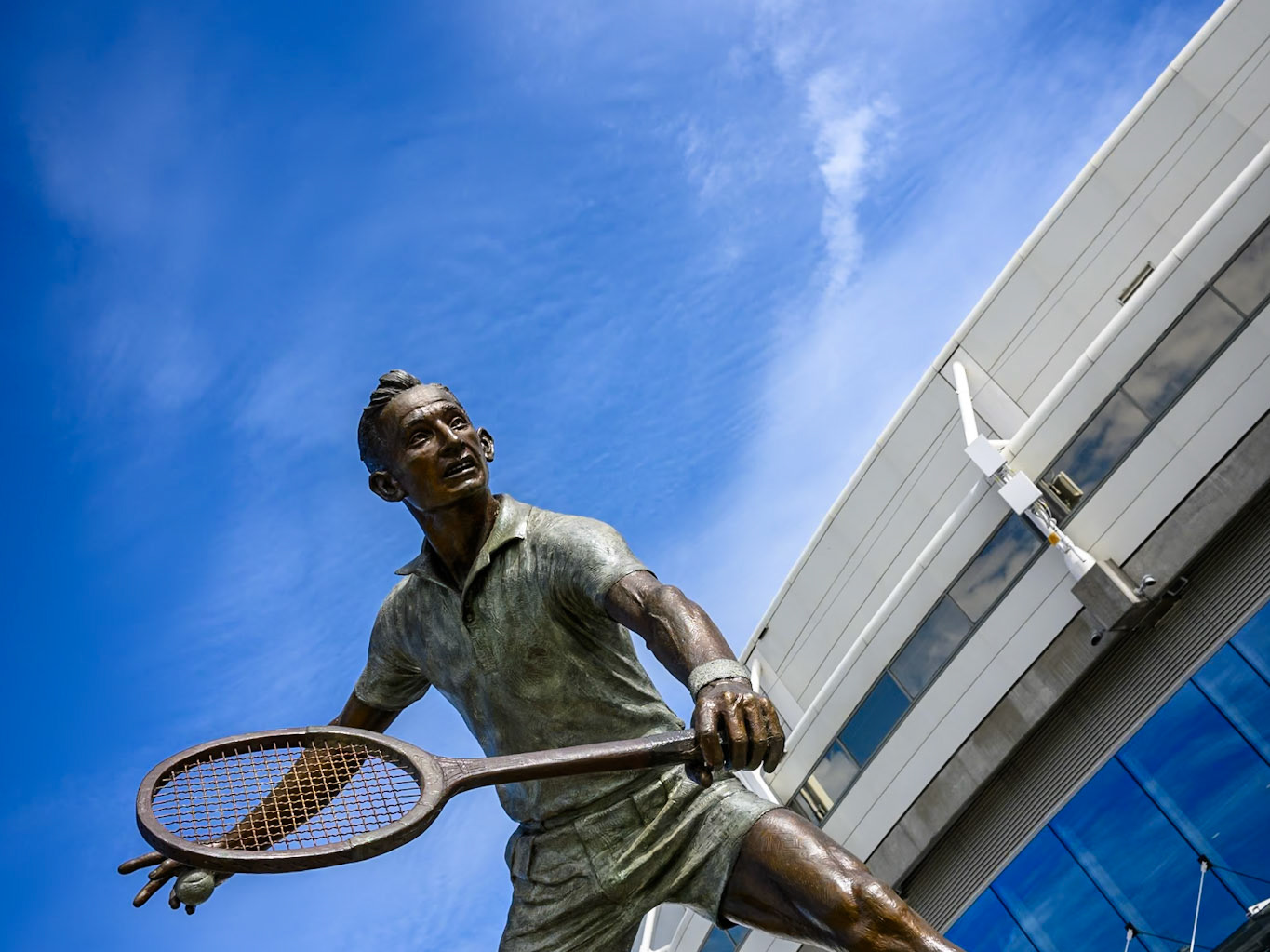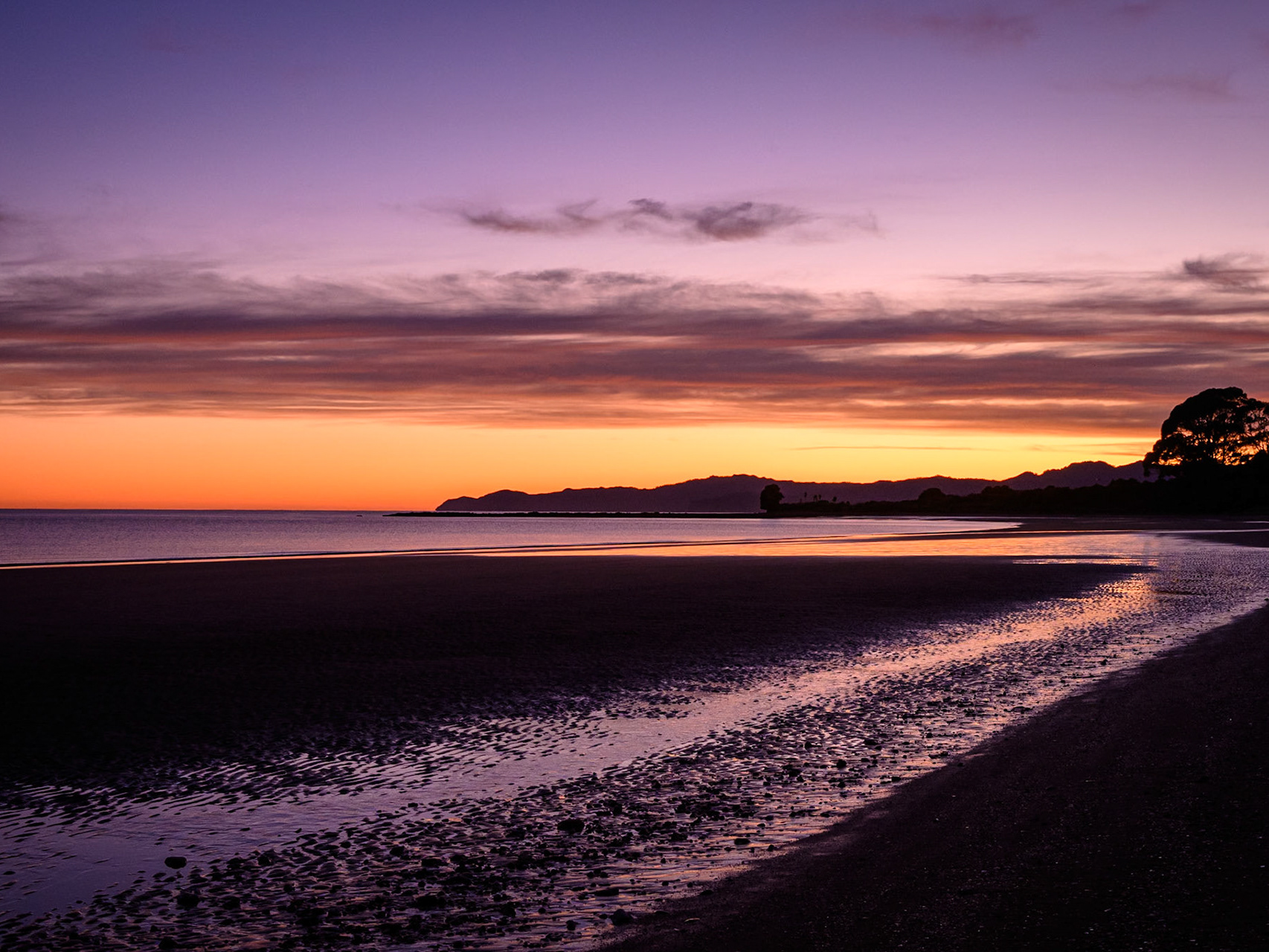The New Zealand leg of our trip started in Auckland, following a flight from Singapore to Sydney and then on to Auckland. We arrived late on the Saturday afternoon, still in time to have a burger at the marina as the sun went down.
On the Sunday morning we again walked down to the harbour and were told that the latest leg of the round the world yacht race, the Ocean Global, was going to start from under the Auckland bridge early in the afternoon. We saw the boats preparing to go. There were 14 boats, each with crews from different countries, although we could not see the British boat.
The boats came out into the harbour well in advance of the start, but as we were not sure which way they were going, we thought it was best to go and get some lunch. Almost by accident, we finished lunch about 1:50, and so a short walk along the jetty allowed us to see the boats at the start of the race. Next stop for them would be Brazil, before ending up back at Southampton early in April.
As every tourist must do when visiting Auckland, we decided to go up the Sky Tower - not once but twice - once in the daylight and once at sunset. The tower is of a similar height to the Eiffel Tower. You get to the 50th floor observation deck via a lift with a glass bottom so you can see the floor disappearing from you on the way up, and coming closer to you on the way down. From the 50th floor you could see people were doing a sky jump, essentially a free fall from the top of the tower on a harness which brakes just before hitting the ground. There was also a higher floor to look out from, with angled windows so that you could look straight down to the ground below. On the way to the Sky Tower, we spotted the Catholic cathedral, and so were down just in time for me to get a coffee and Teresa to go to church.
It was very different looking out from the sky tower after dark, although without recognising any of the buildings other than the Auckland bridge, which was fully lit up with green lights, it was perhaps not as impressive as the Singapore skyline at night.





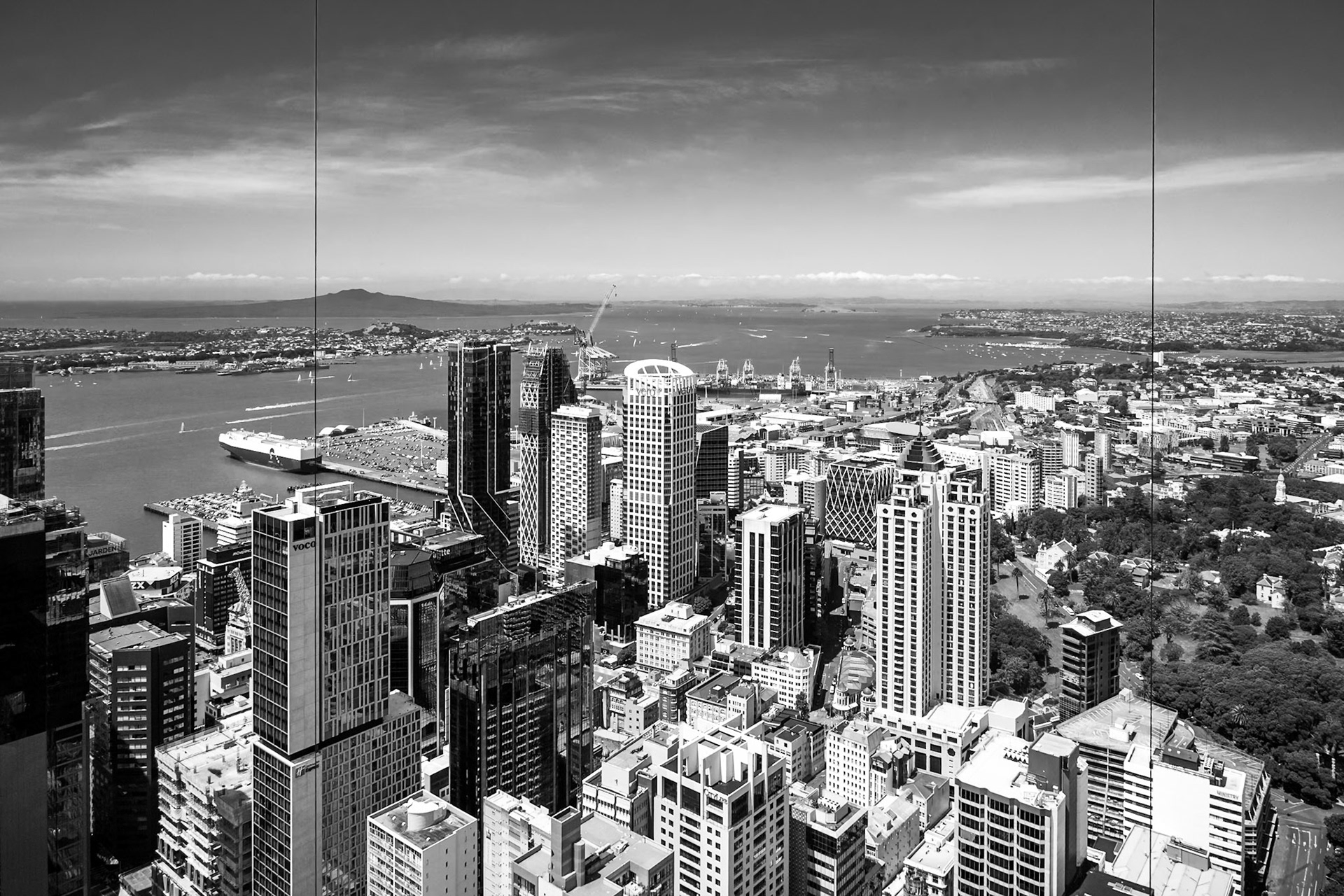




After a full day in the city, we were able ready to hit the countryside of New Zealand to look for waterfalls, forests, hills, sea and hobbits. Next stop was to be the Coromandel Peninsula at Whitianga, but on the way round we stopped at Hunua Falls and Ranges. Being the middle of the New Zealand summer, we were expecting that the falls may be dry, but they seemed to be in full flow. When we did a walk across the suspension bridge for the aptly named suspension bridge loop walk, we realised why the falls was so wet when it started raining quite heavily, we had to try and get dry before the rest of the drive to Whitianga. It was about a three hour drive from the falls to Whitianga, during which it rained continuously. When we arrived we checked the forecast which showed that it was expected to rain for our next two days in the Coromandel peninsula. However, as it turned out, after that first night we hardly saw any rain.
At the recommendation of our host, Ross, we took the short ferry ride across the bay and went for a walk to Shakespeare's Peak lookout, allegedly so named because when you look at it from the sea it has the profile of Shakespeare's face, with a very long and pointed nose. From here we could also see where captain (at the time Lieutenant) Cook landed HMB Endeavour (the “B” standing for bark as the ship was a particularly small ship being only 32 feet long) and from where he observed the transition of Mercury across the sun in November 1769. These measurements were then used for mapping the rest of New Zealand.
On another recommendation from Ross, we then drove across to the north side of the peninsula and went for a walk along the silica sand beach. Due to the very fine nature of the sand, it made a squeaking sound as you walked along – especially if you dragged your feet through the sand.
We then booked a boat ride to see Cathedral Cove, which is no longer accessible by foot following last year's cyclones. The boat ride was much more than just a visit to Cathedral Cove, including a ride along the coastline, stopping at various coves and caves, and stopping for some snorkeling. The water was cold but clear so we got a good sight of many fish, including shoals of blue snapper, as well as a cormorant swimming underwater through the seaweed trying to catch fish. From the Coromandel peninsula, we then made our journey towards Hamilton for a next stop.
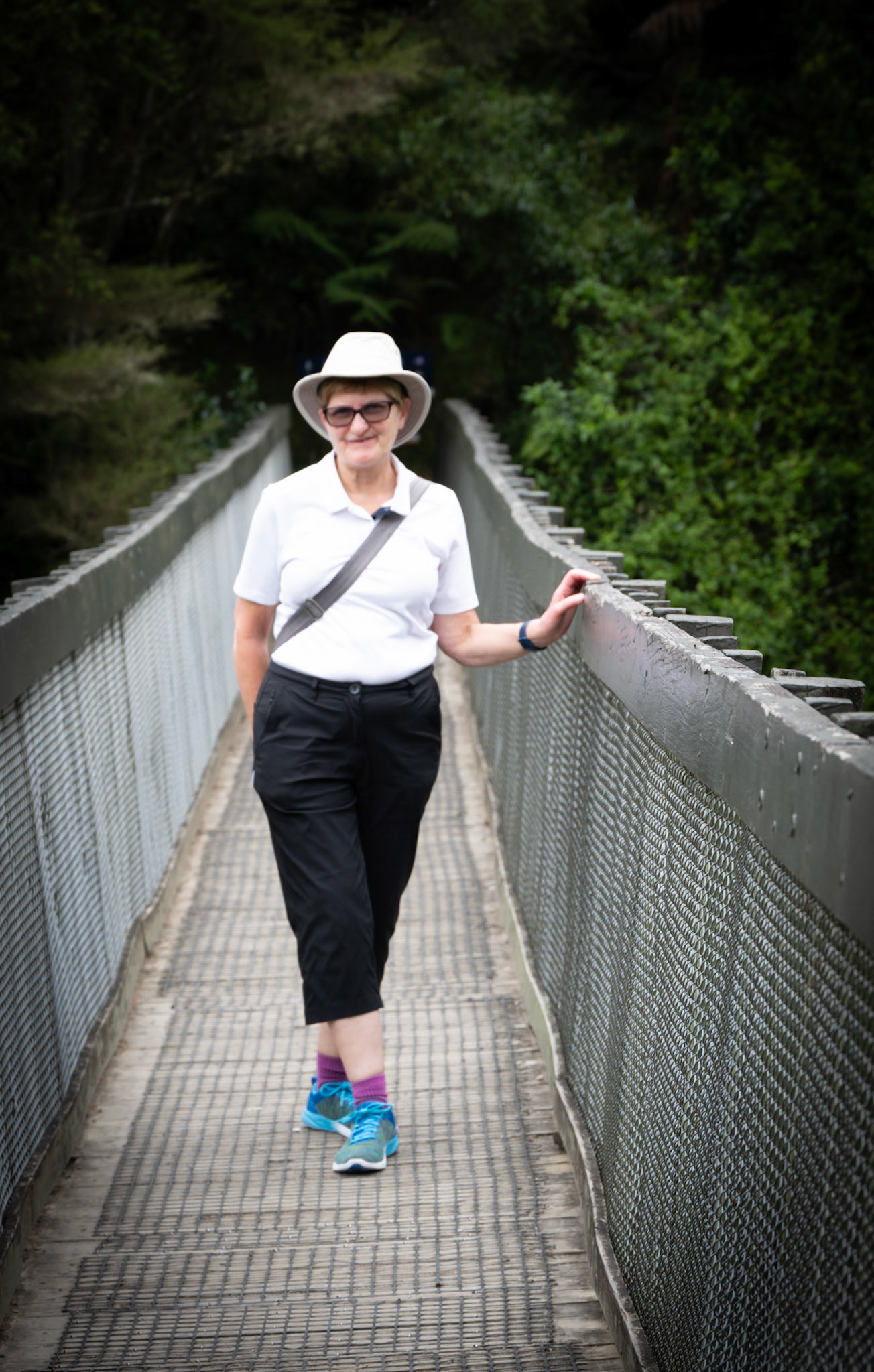













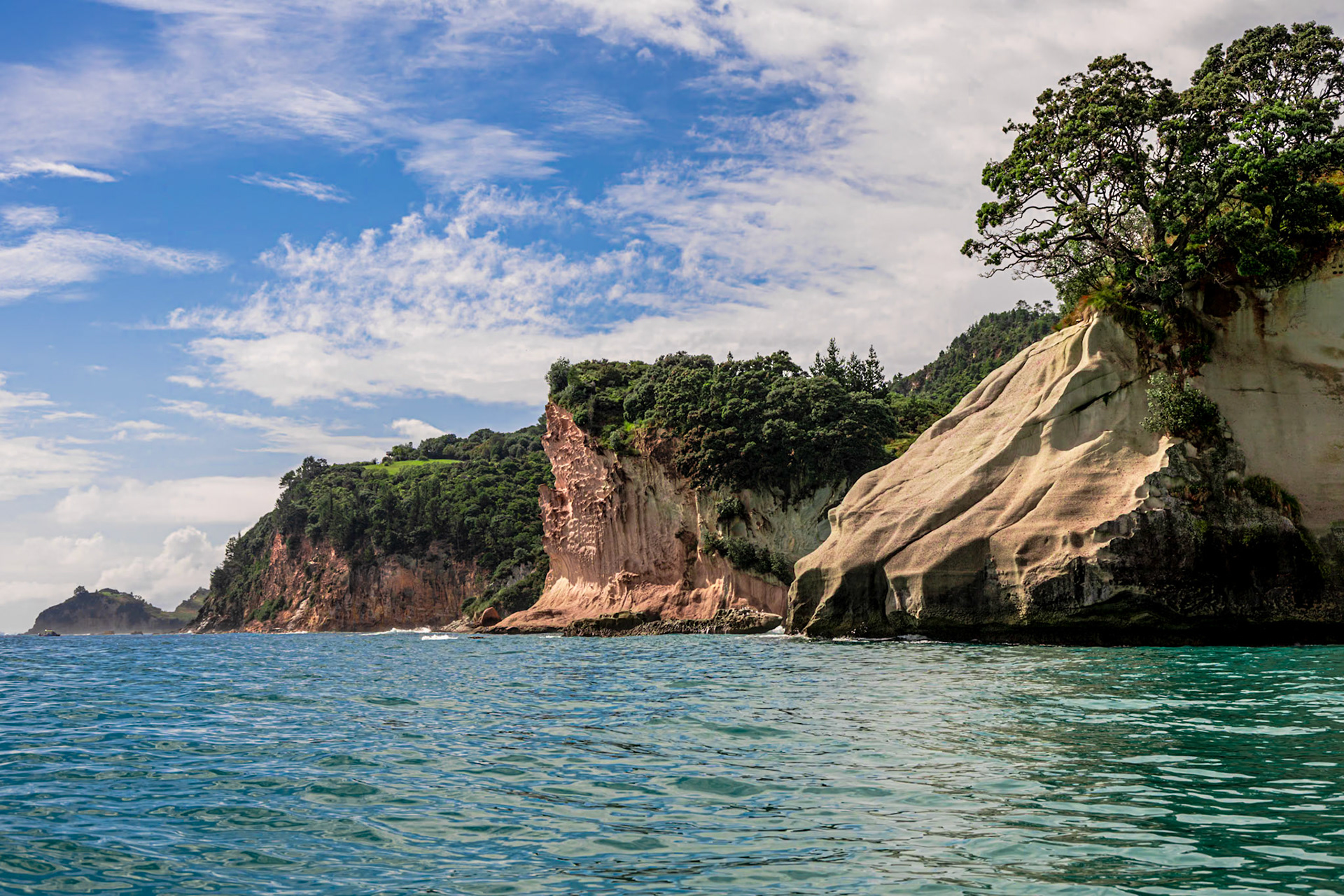


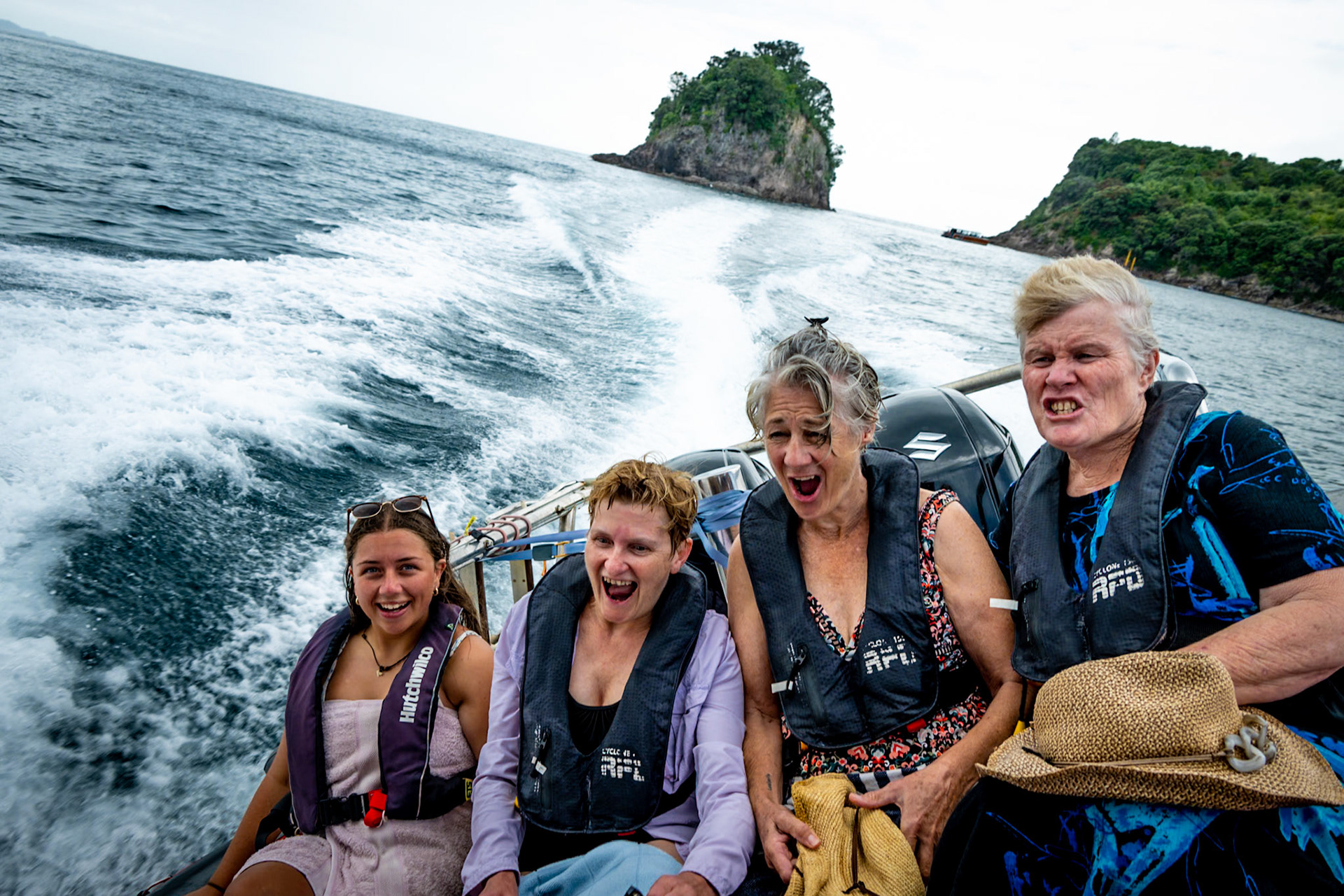
On the way to Hamilton, we stopped at Whiritoa on the coast for a walk along the beach. There were not many people on the beach, however there were some fishermen fishing from the beach using the shortest roads I've ever seen - perhaps they stole them from a Hobbit (yes – we are planning on visiting Hobbiton soon!).
We then made a way to Owharoa Falls which we had spotted on the map as being on route. Although there was a sign to the falls, they were not easy to find. However, when we did find them, they were well worth the visit. While we were there, some people came for a swim, and ended up jumping from the falls into the pool below.
When we got to Hamilton, the accommodation initially looked a little disappointing. It was an apartment in a block of four, and was reached through some narrow alleyways along the back of offices and other buildings. However, as soon as we went inside, the accommodation was stunning. As well as having bifold doors opening out onto a view over the Hamilton river (the Waikato), the apartment had a huge living area, as well as a fully equipped kitchen diner, two double bedrooms and a bathroom including a washer-dryer (it is odd what impresses you when you have been away for a couple of weeks and have had to do washing in the sink). We had to make the most of that opportunity, and so quickly washed all of our dirty clothes and managed to get them dry before leaving at the next morning.
We had a short walk along the Waikato river in Hamilton before going on to the Hamilton Gardens. These were free to visit, and were really impressive, including a number of different gardens from different parts of the world. I thought that the ancient Egyptian garden, in which they had reconstructed a temple, the Indian garden and the Italian relations garden were all particularly impressive. It was at the gardens that I noticed that I had lost my sense of smell with the cold that I had picked up. We were going to be in for a few smelly days in Rotorua, and so this loss of smell did have some advantages.







Hobbiton
We arrived well in time for our 3:00 PM tour of the Hobbiton movie set. Peter Jackson, the director of the Lord of the Rings and Hobbit film trilogies found the location in the middle of a family farm, and initially filmed portions of the Lord of the Rings trilogy in the late 1990s. After the filming the Lord of the Rings films, the set was removed, and the area returned for farming. However, when they returned to film The Hobbit trilogy, the set was made permanently, and is now a tourist attraction. There are more than 40 Hobbit holes (houses) that you can walk see, although only a few actually have an inside that you can go in. The Hobbit holes are of different sizes to get the right perspective depending upon the characters during filming. For example, when the houses were being used for filming hobbits, large houses were used to make the actors look like small hobbits, whilst much smaller houses were used to make Gandalf look bigger when he was being filmed. I don't particularly remember many of the details of the films [they are quite long and I struggled to stay awake through all of them), but I did remember enough to recognise some bits of the set.
In a recent addition to the set, it is now possible to go into and through a Hobbit house, and so we did this, minding our heads as we went.





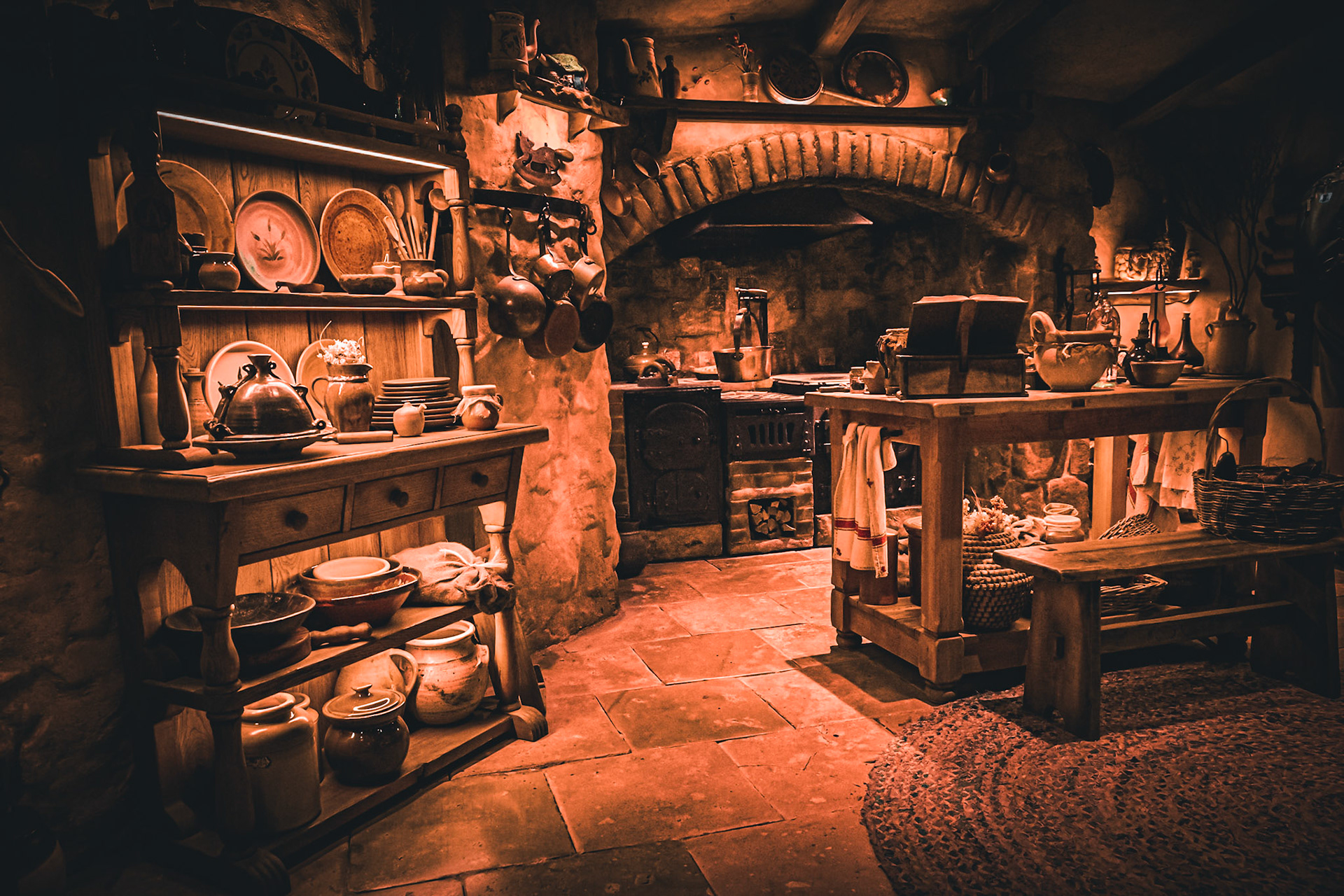

Our next stop was Rotorua. There are lots of thermal springs and other geothermal activity, and there is generally a sulphur smell around. However, as noted, my cold meant that I had lost my sense of smell, and so was totally unable to smell this. Teresa said the smell was quite bad in places, and so I was almost glad that I could not smell anything. This was particularly the case when we went round the Waiotapu Thermal park south of Rotorua where we saw the Lady Knox geyser. The Lady Knox geyser was not quite as impressive as we were hoping, being a relatively short and not particularly high spout of water. However, the rest of the site, with bubbling mud, steam from the pools, many colours due to the chemicals carried out by the liquid which then settled as the water evaporated, was all extremely impressive.
We followed the geothermal pools with our first walk on the skywalk in the Redwood forest, a series of suspension bridges hung from the giant Redwood trees. We weren't sure whether to go for the walk in the daytime, or at night when that are illuminations. We decided to do both, but overall thought that the daylight version was the better, as you were actually able to see the trees and the ferns below.
In the evening, we went to the Mitai Māori Village for a dinner and Māori experience. This was probably better than we expected. Yes there were a lot of people and it was a bit touristy, but we did get to see Māori people canoeing along a river, had a show where they demonstrated some of their music and weapons, and performed the Hakka, as well as having plenty of food. We also got to see our first sight of glow worms. These were forest, rather than cave, glow worms, and all we could actually see were the illuminations, and there was a question in our minds as to whether these were real or fairy lights. However, after seeing more glow worms and evidence of glow worms afterwards, we were convinced.
Talking of glow worms, many people have said that the glow worm caves were worth visiting. They were a little out of our way, being about a two hour drive west of Rotorua. However, we managed to book visits to two caves, and so thought the journey would be worth it - and it was. The first cave we went to, the Aranui cave, did not include glow worms inside, but there were glow worms outside. We were able to see the strands of mucus that each glow worm creates which hang below it to trap insects. This is the reason for the glow worm glowing – the light attracts the insects to the mucus. When an insect is trapped by the string of mucus, the glow worm is able to suck in the mucus, like spaghetti, and get the captured insect. Outside the cave, we could see the strands of mucus hanging from the glow worms. Inside the cave, we were first shown the cave wetas, very large spider like creatures with extremely long antenna that dwell within the mouth of the cave. The rest of the cave, which has been open for tourists for over 100 years, included a lot of staligtites and staligmites. Most of these have now stopped growing as there is little water coming through the caves.
The next cave that we visited, the glow worm cave, included a boat ride along with the river running through the cave which brings in the food for the glow worms. In the dark and the quiet, the roof of the cave was covered in glow worms looking like stars.
After a short walk, we discovered that there were some falls and a natural bridge about half an hour further on. We decided that as we had driven so far from Rotorua, it was worth visiting these. Again, we initially had some difficulty finding the falls as the sat nav said that we had arrived, but there was no sign of the falls. However, just round the corner, we found a parking spot and walk down to some extremely impressive falls. It seems that until the cyclone that hit this part of New Zealand last year, there was a viewing platform and it was possible to get down to the base of the falls. However, this had all been washed away and so we saw the falls from a distance – which at least meant we kept dry.
We then made the long journey back to Rotorua for the night time suspension bridge walk through the trees. There was a very long queue for this, taking over an hour, and with our early start to the day nearly six hours of driving, we were probably a bit too tired to appreciate it at its best.
To have a slightly easier day, we went for a walk around the Blue Lake which was very close to where we had stayed in Rotorua. When we arrived at the lake, it was much busier than we expected it to be, and there were signs saying that the lake was closed. In fact, there was a regional rowing regatta taking place, and so as we walked around the lake – about 3.5 miles through the forest – we were able to catch glimpses of the races. When we finished the walk, we sat down for a coffee (me) and milkshake (Teresa) and watched the boats for a bit, before making our way to our next Airbnb just outside Taupo in Acacia Bay.









